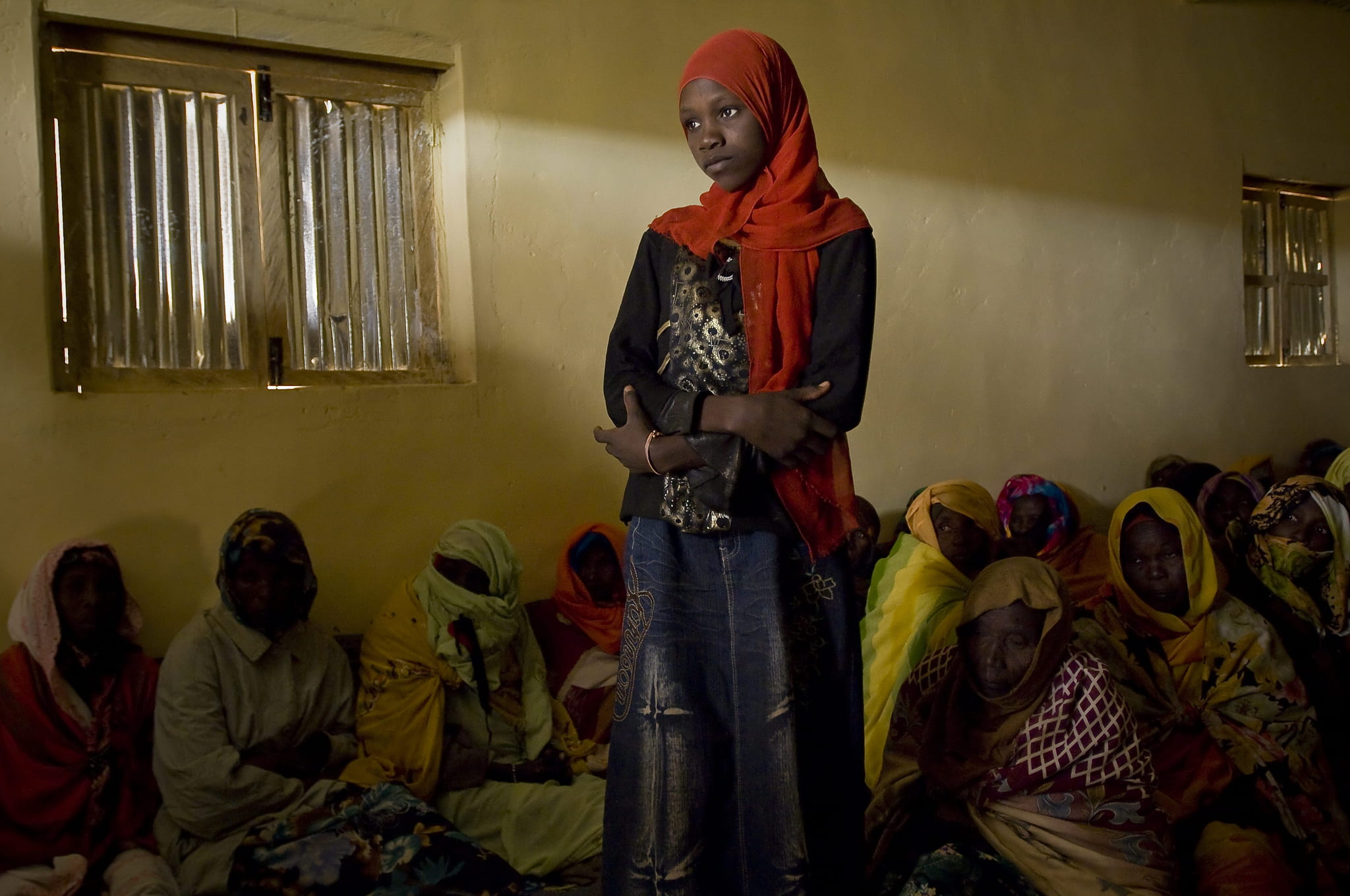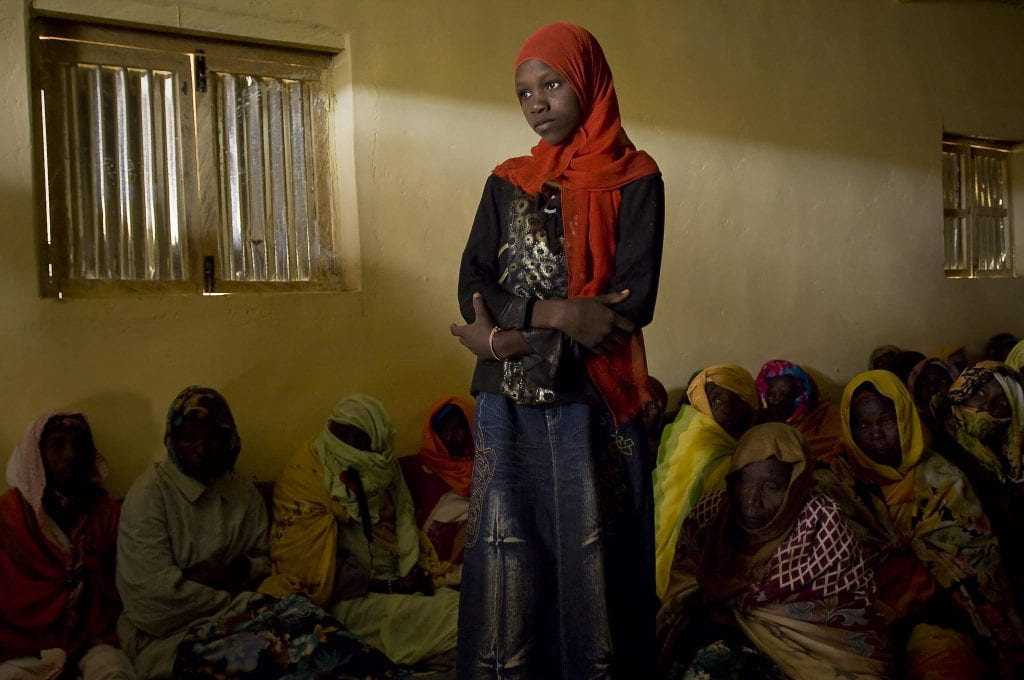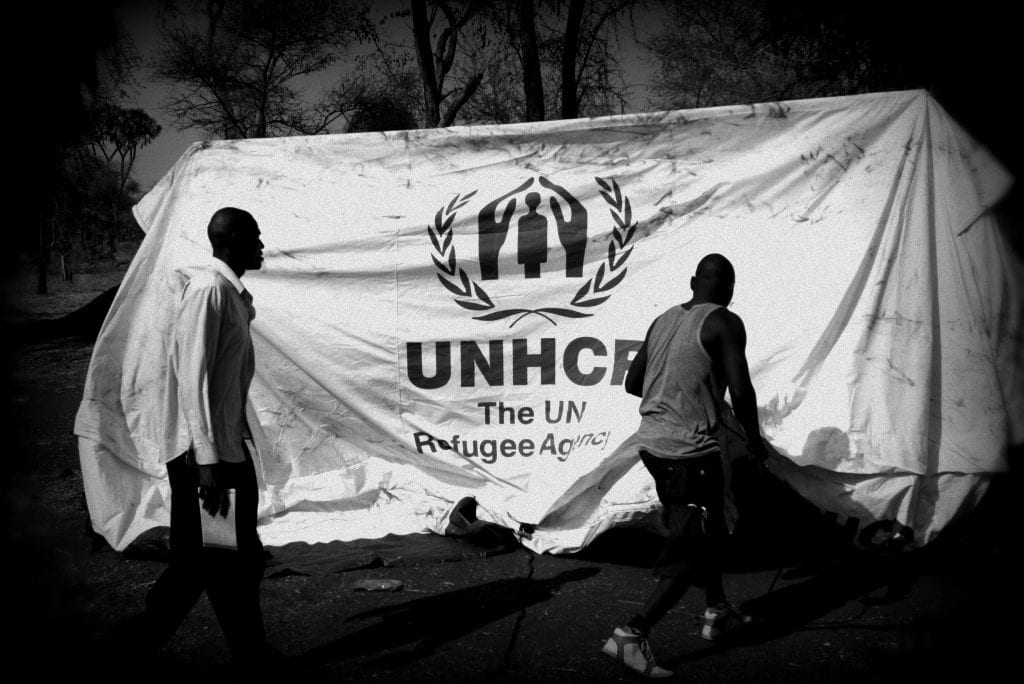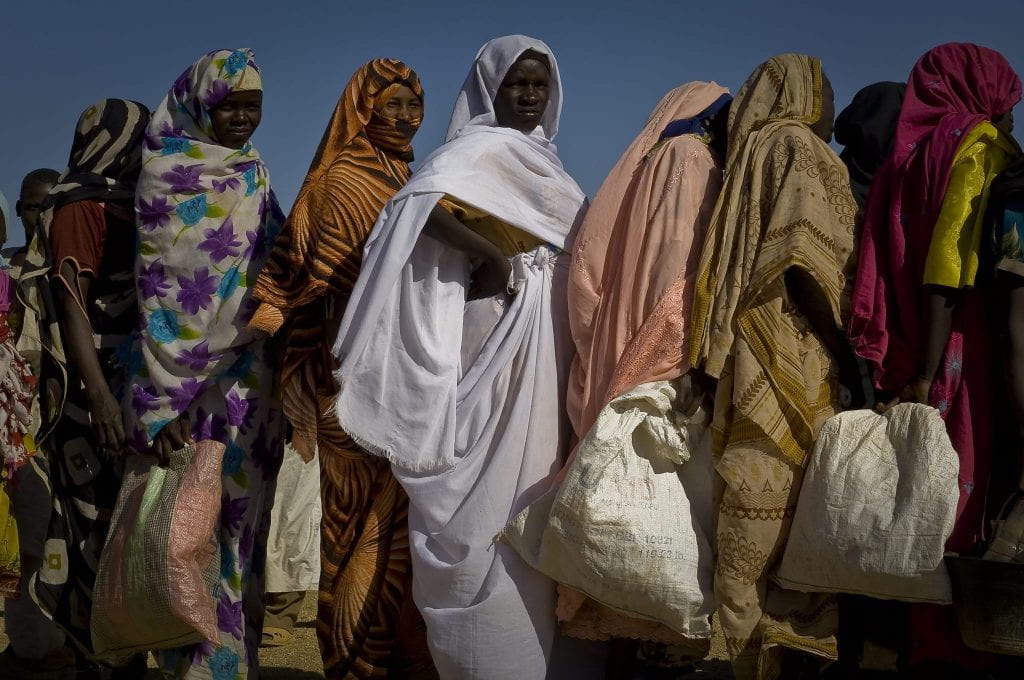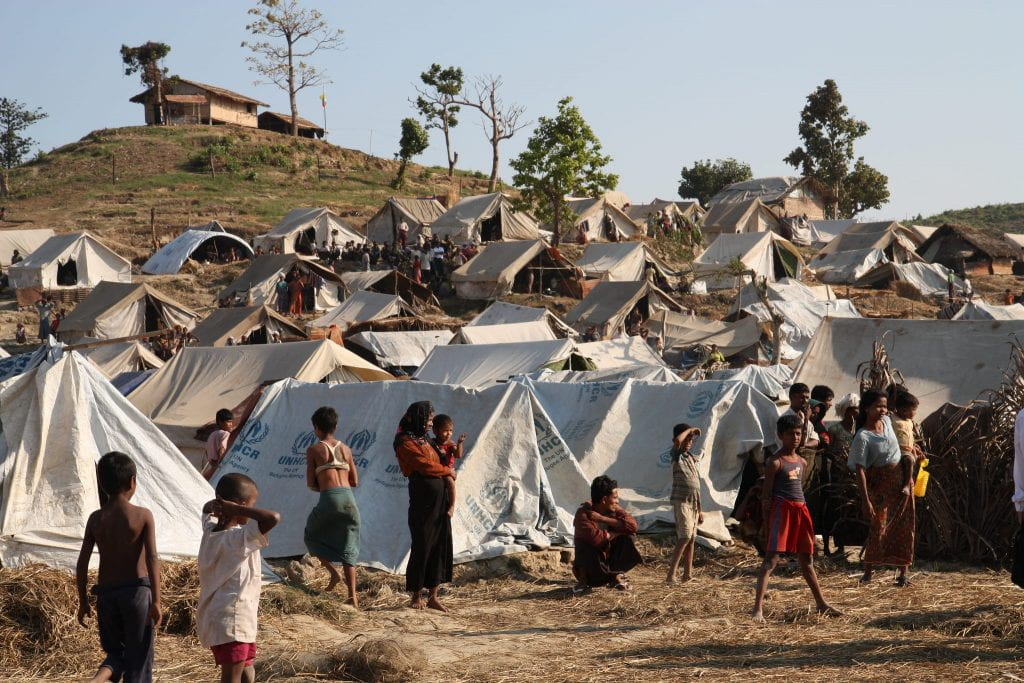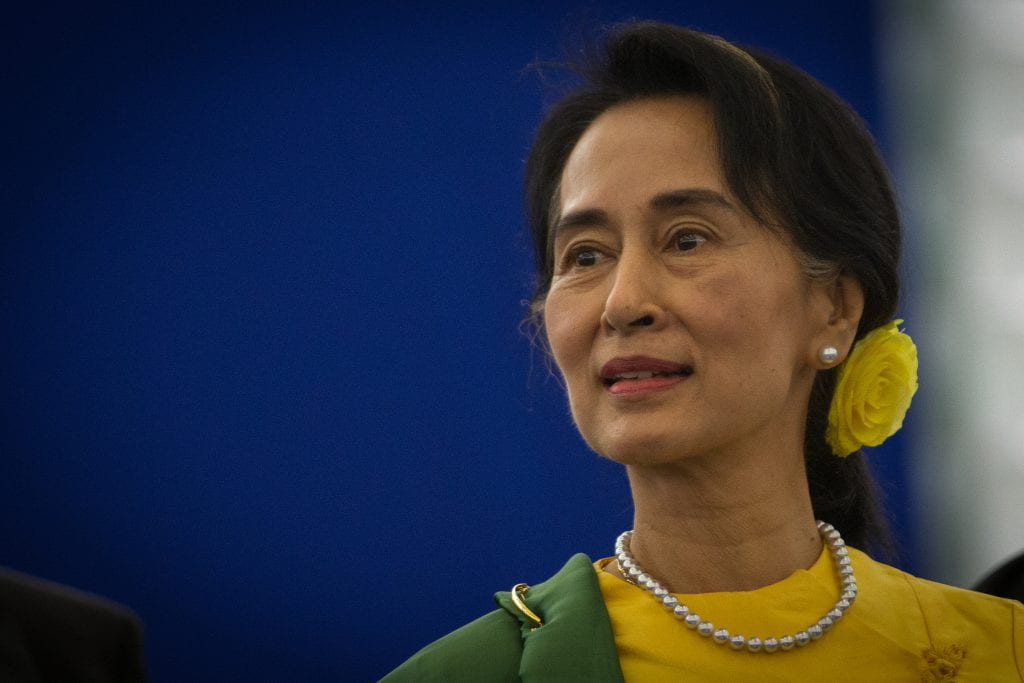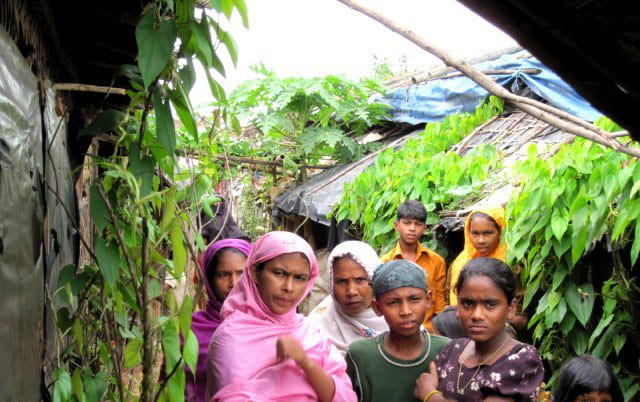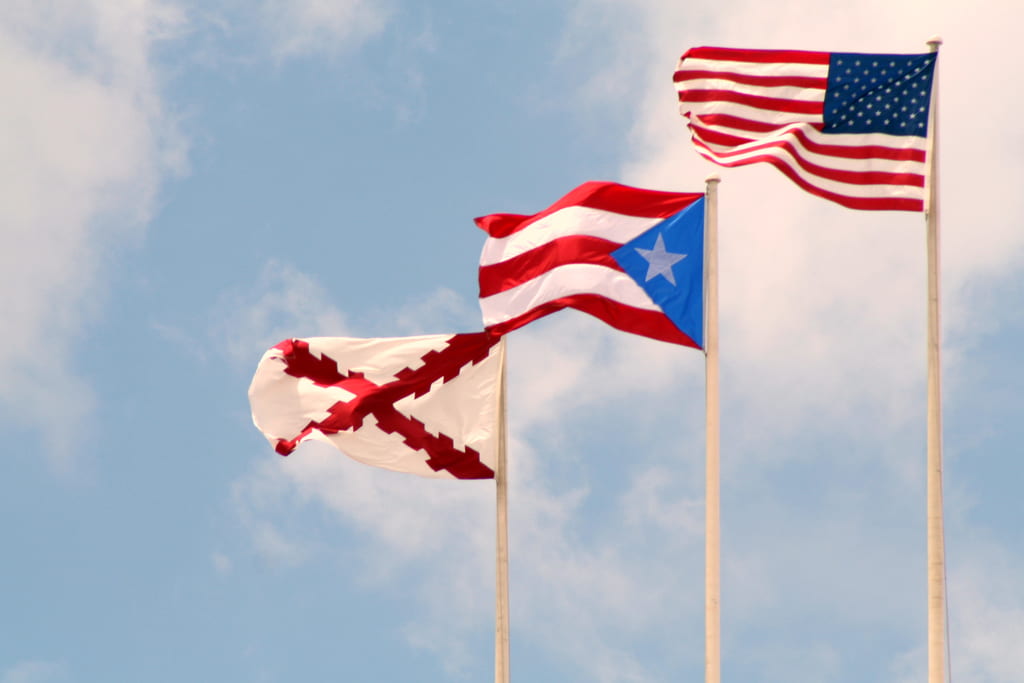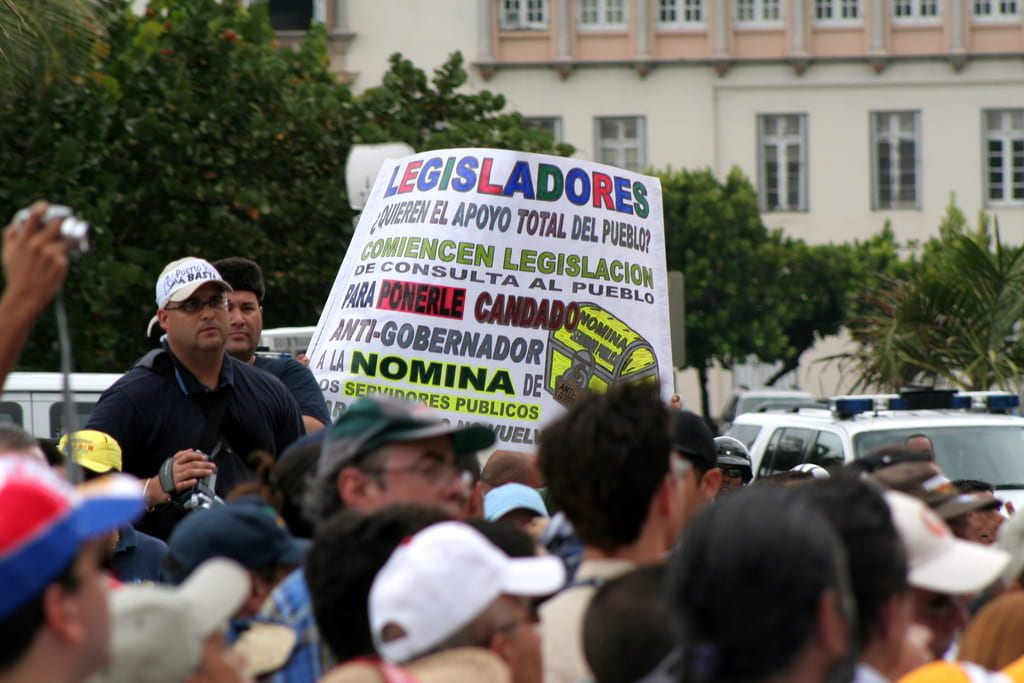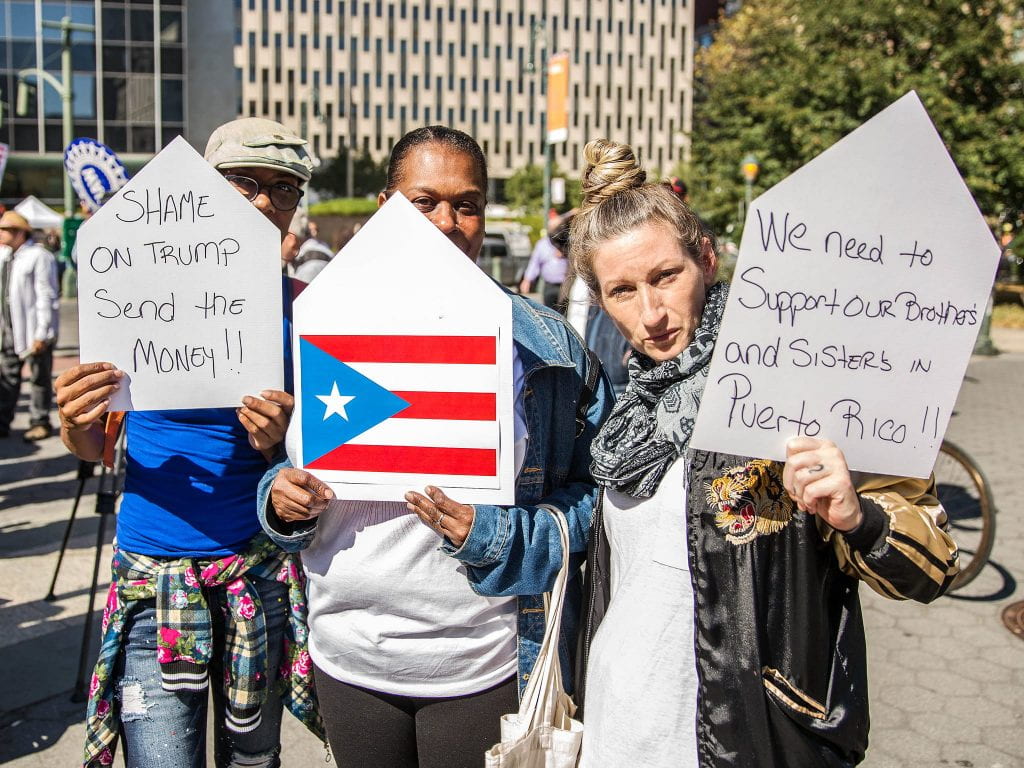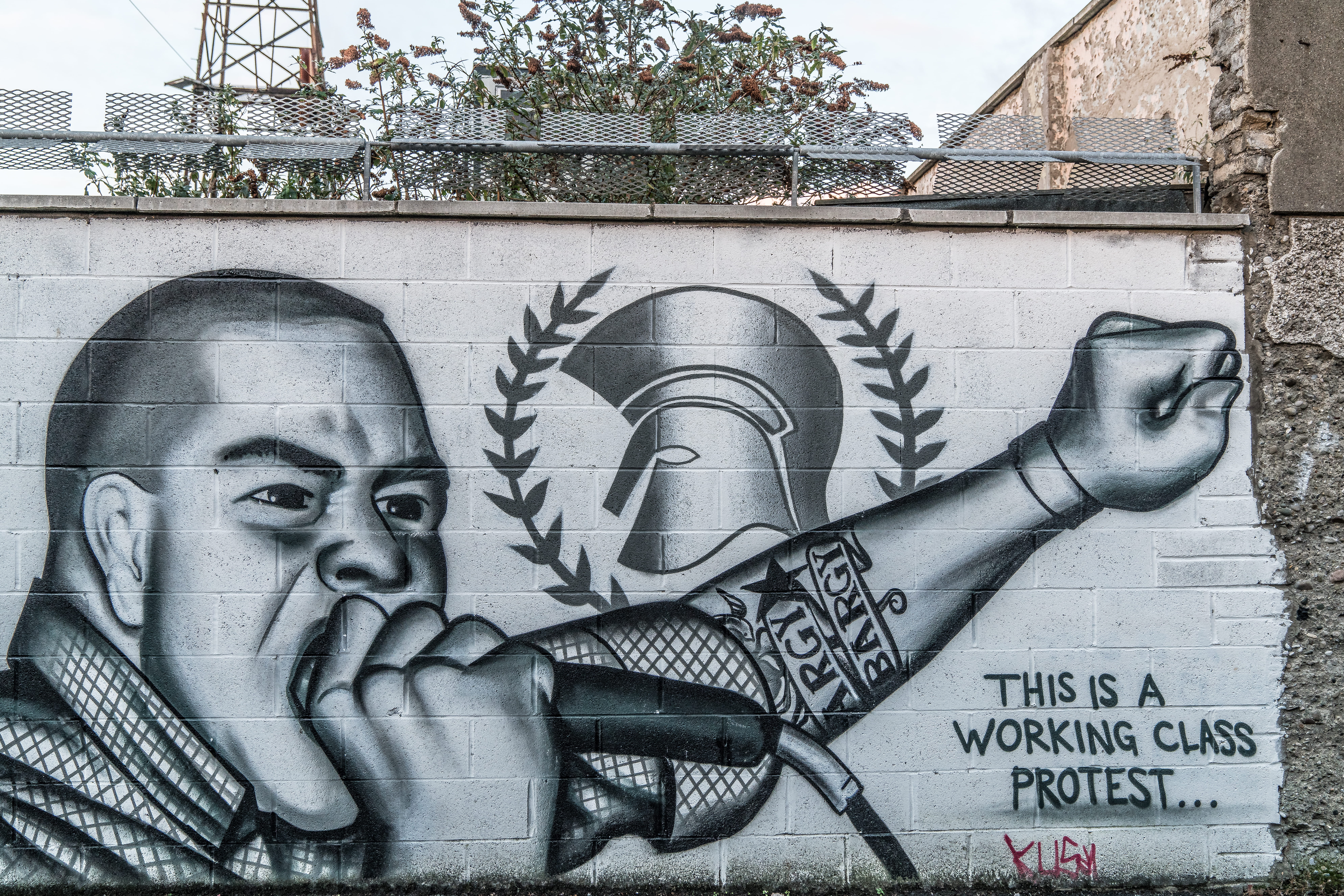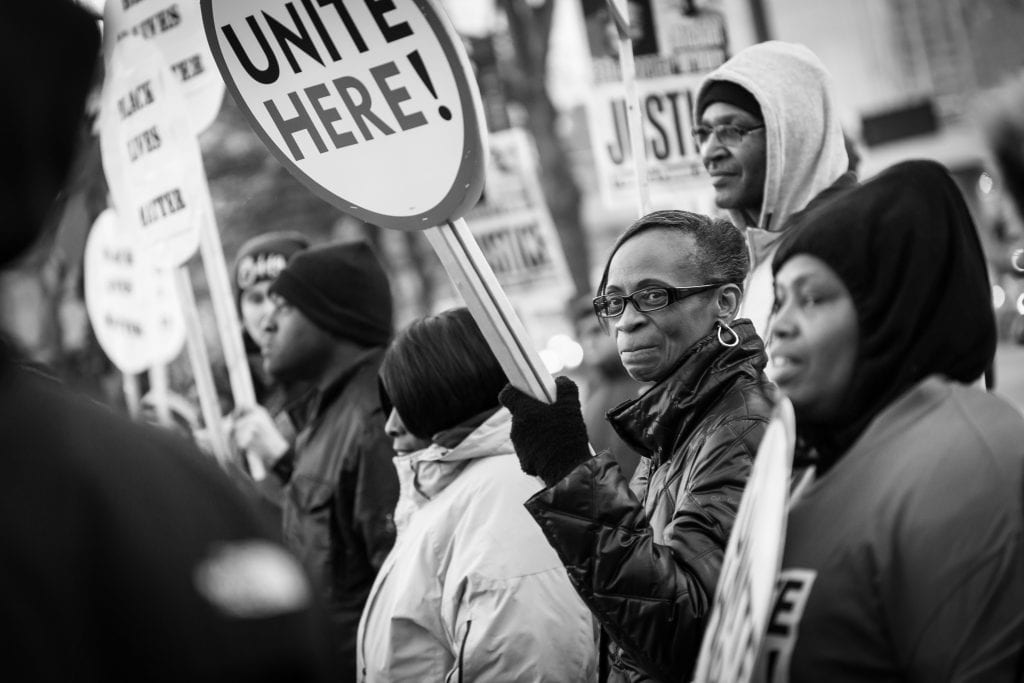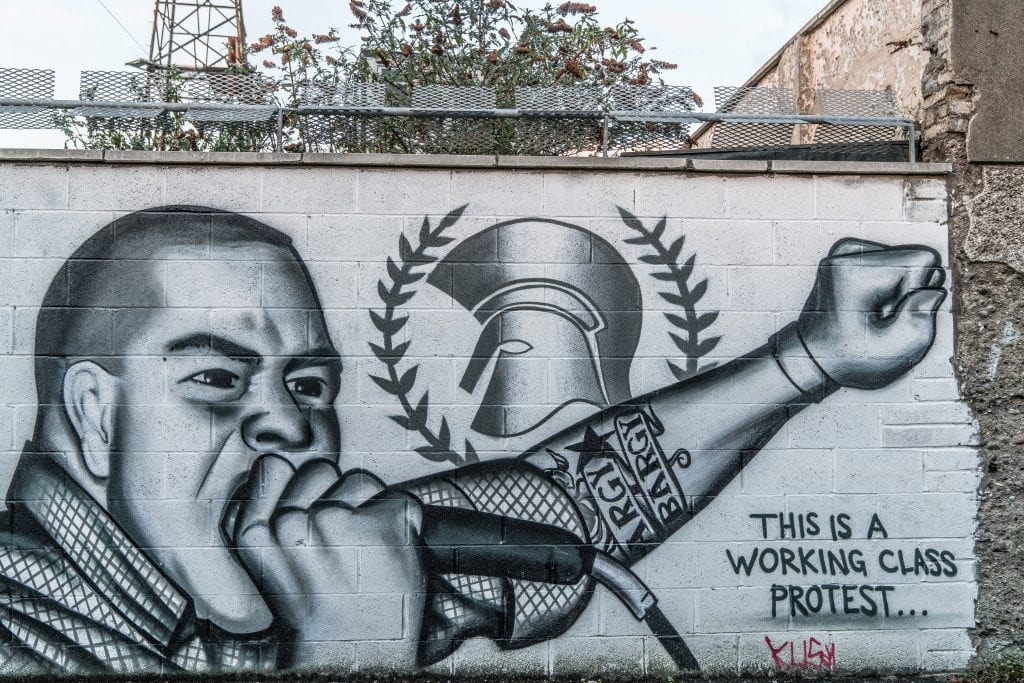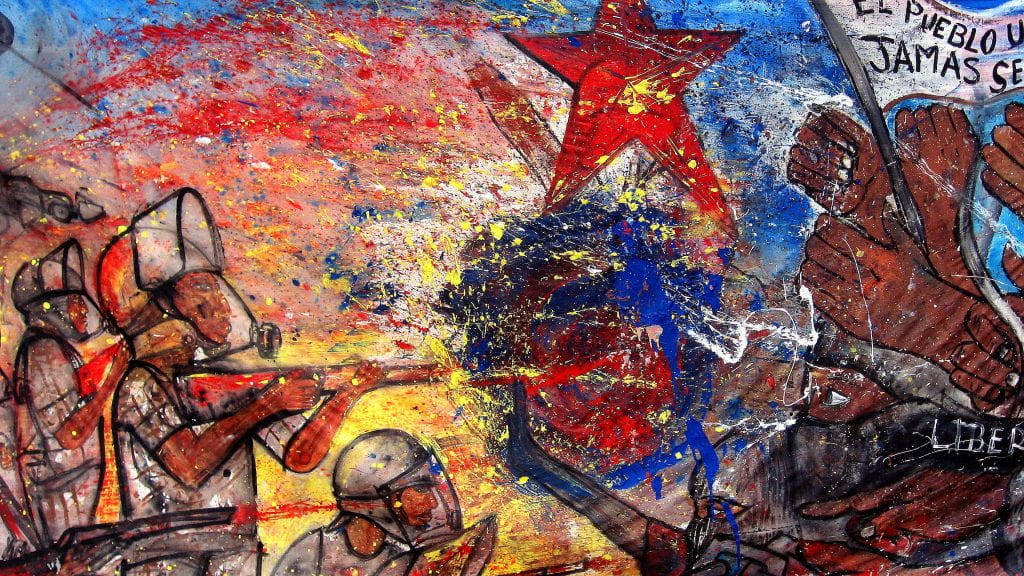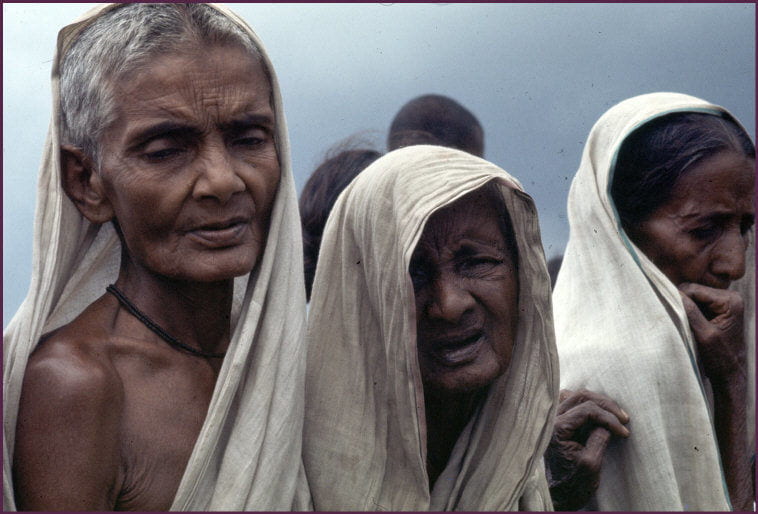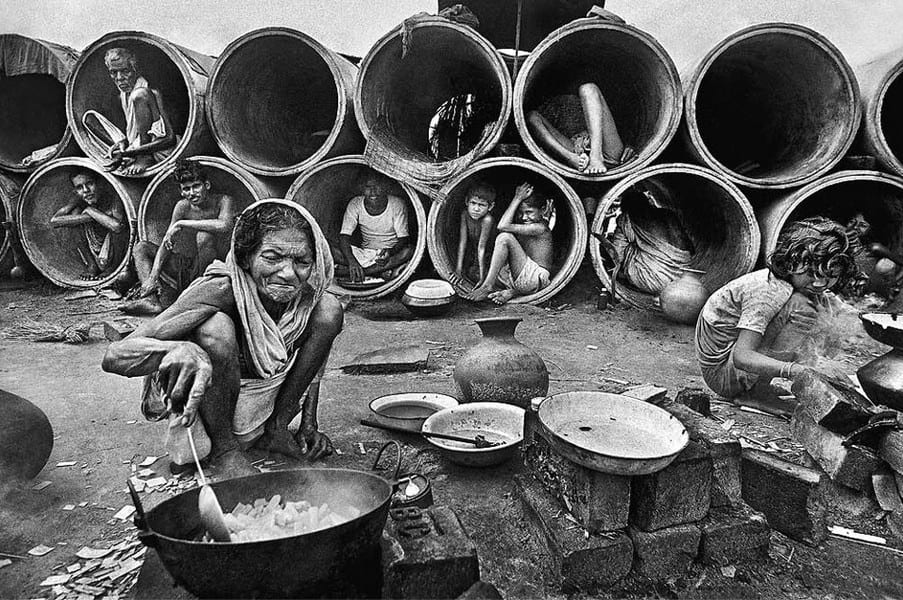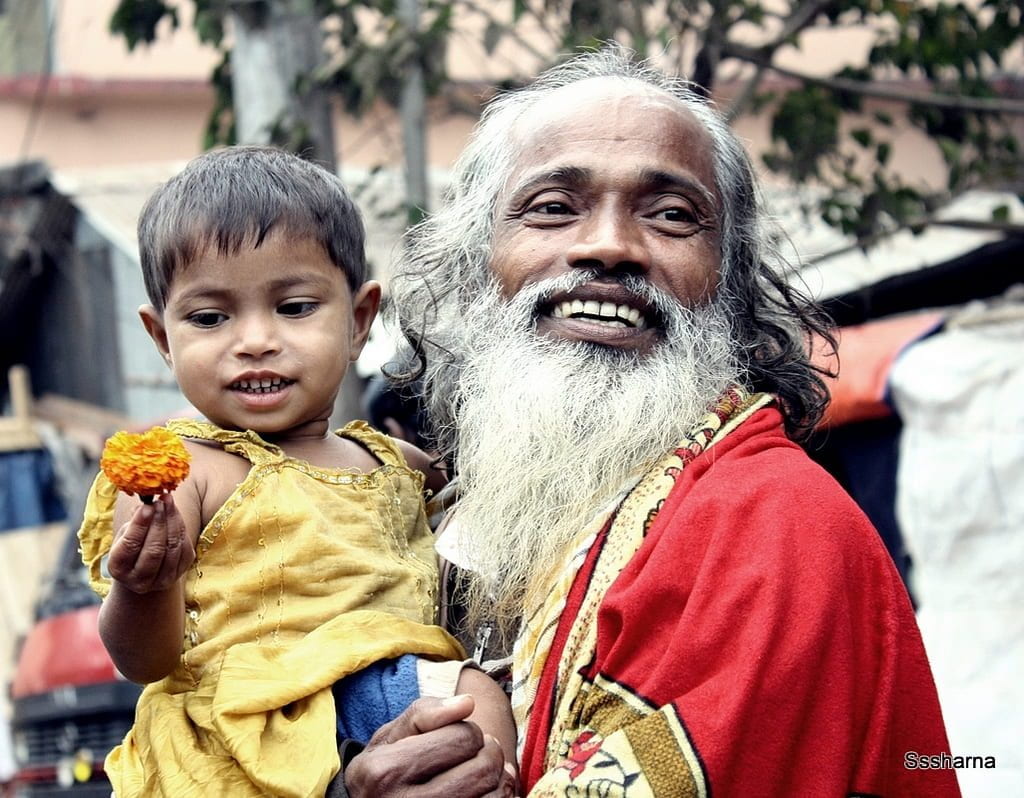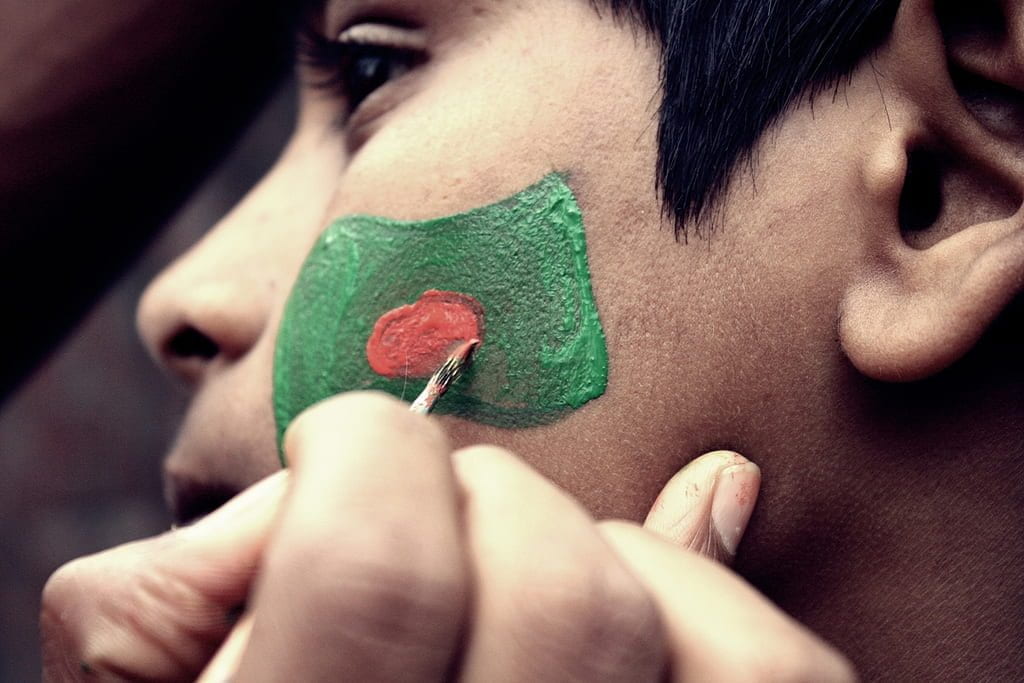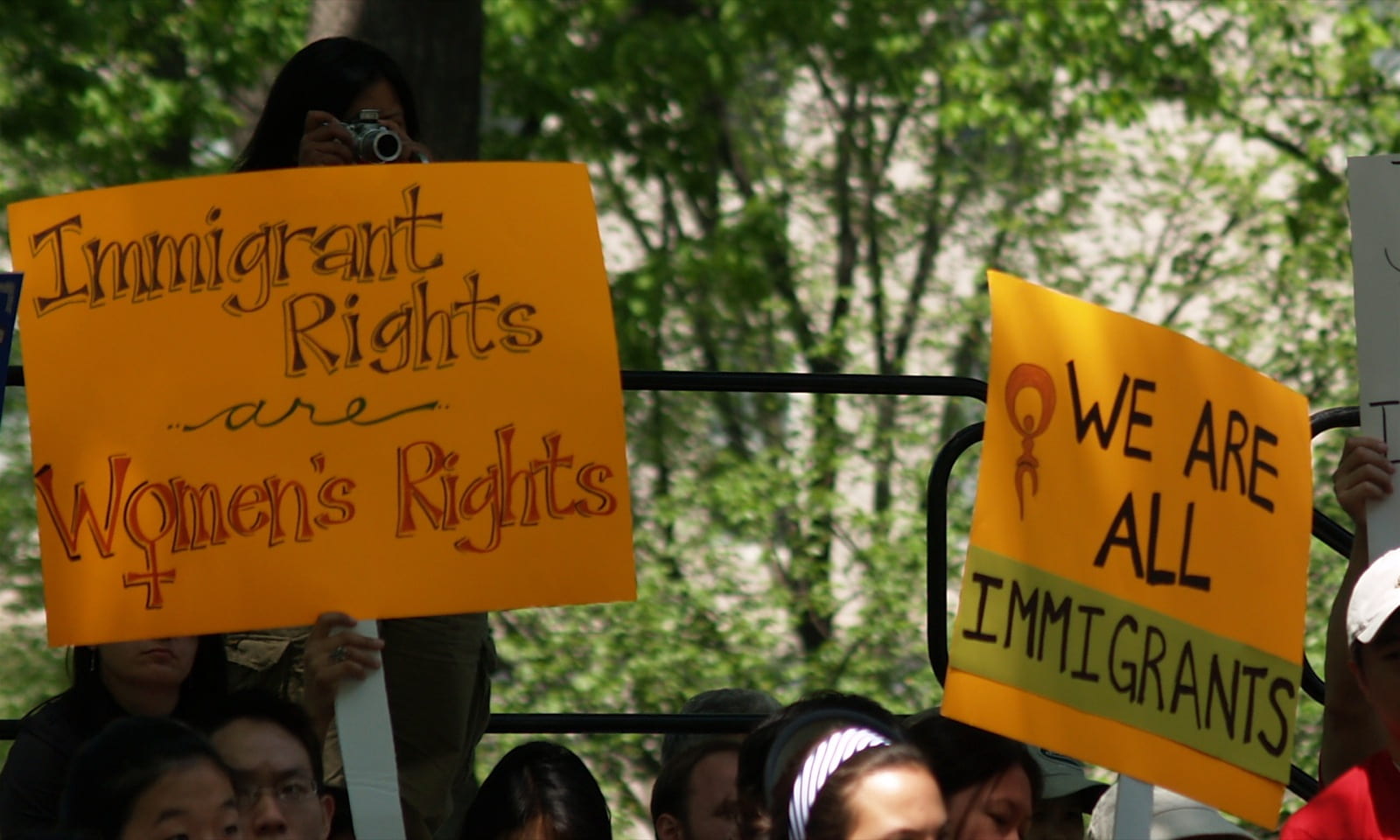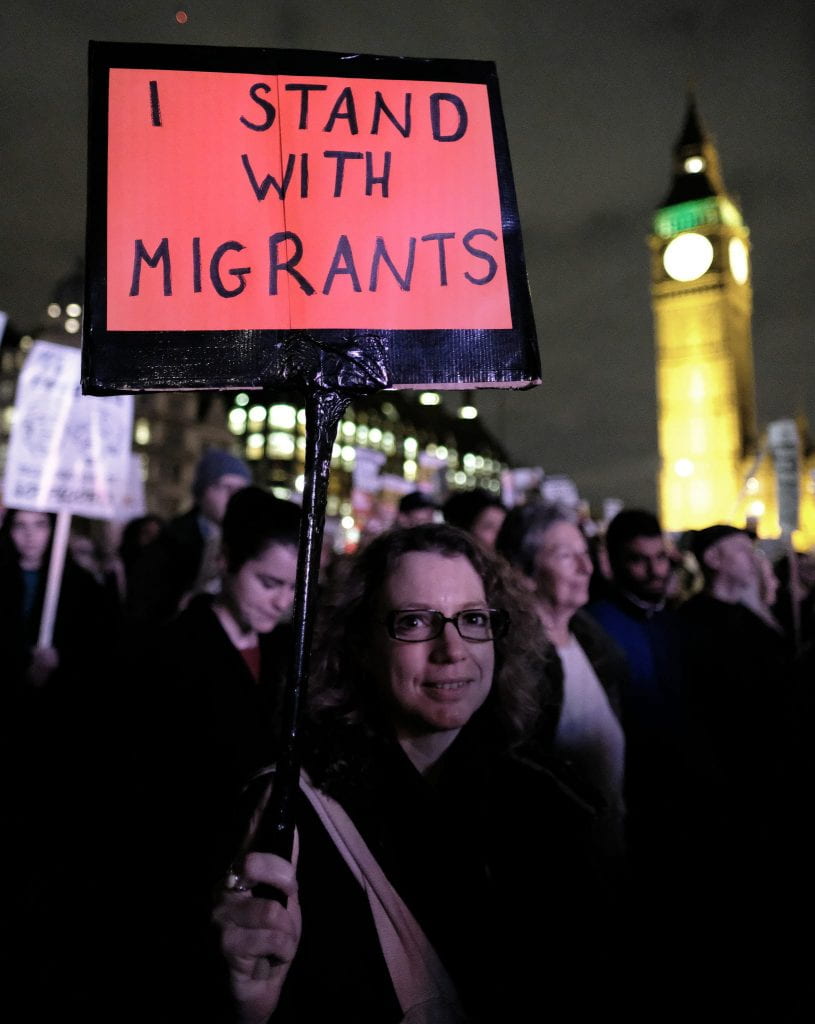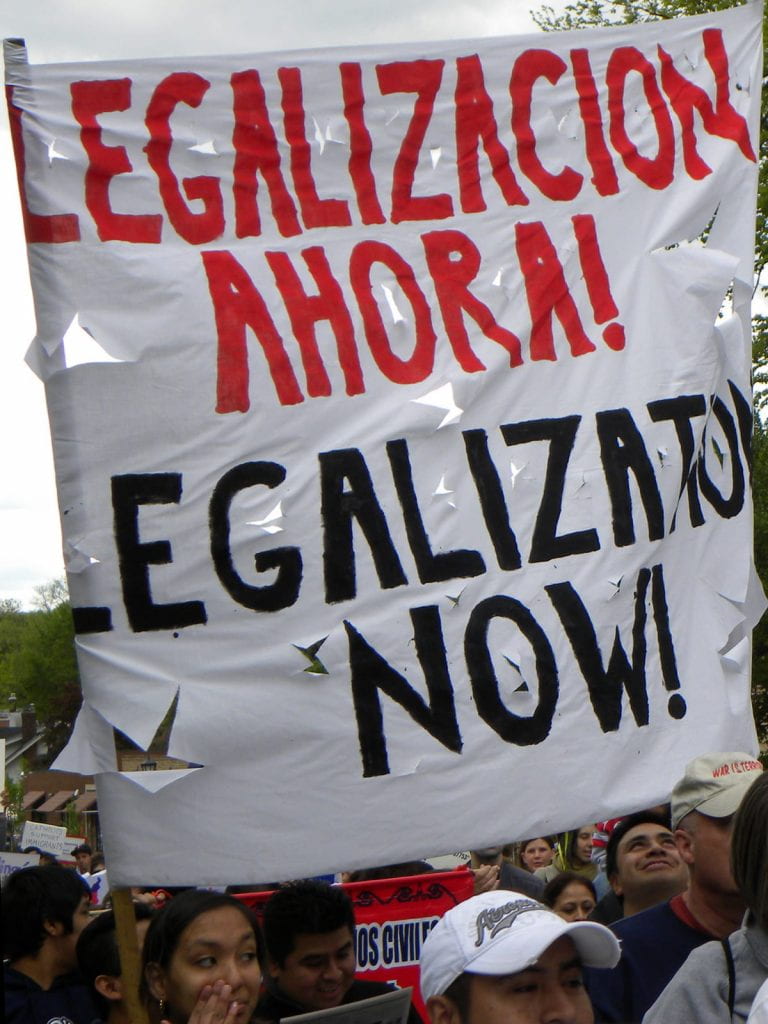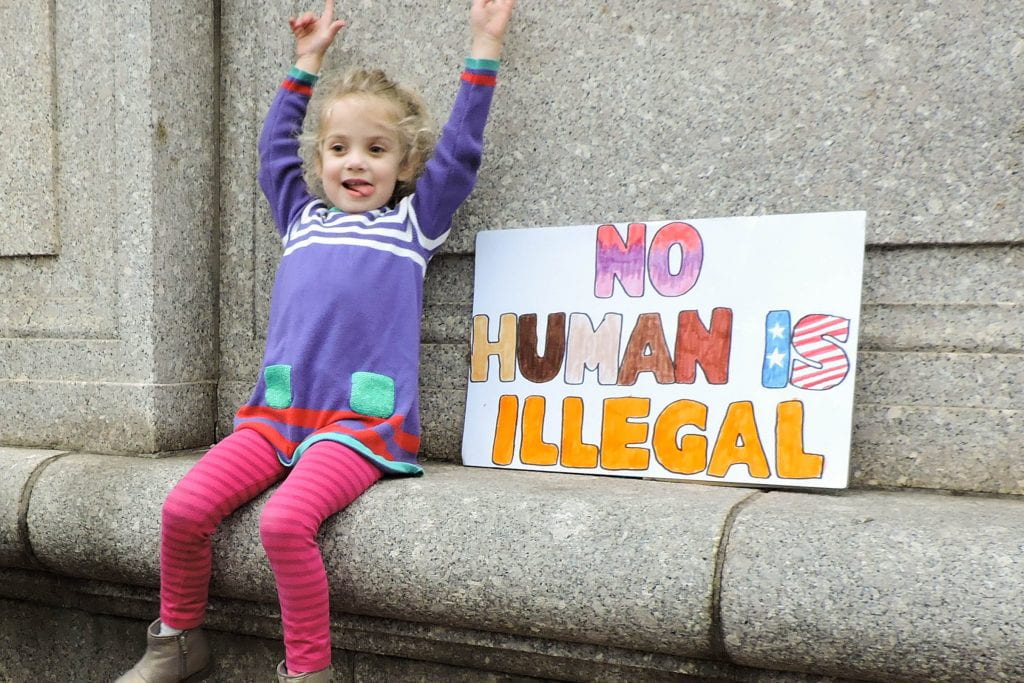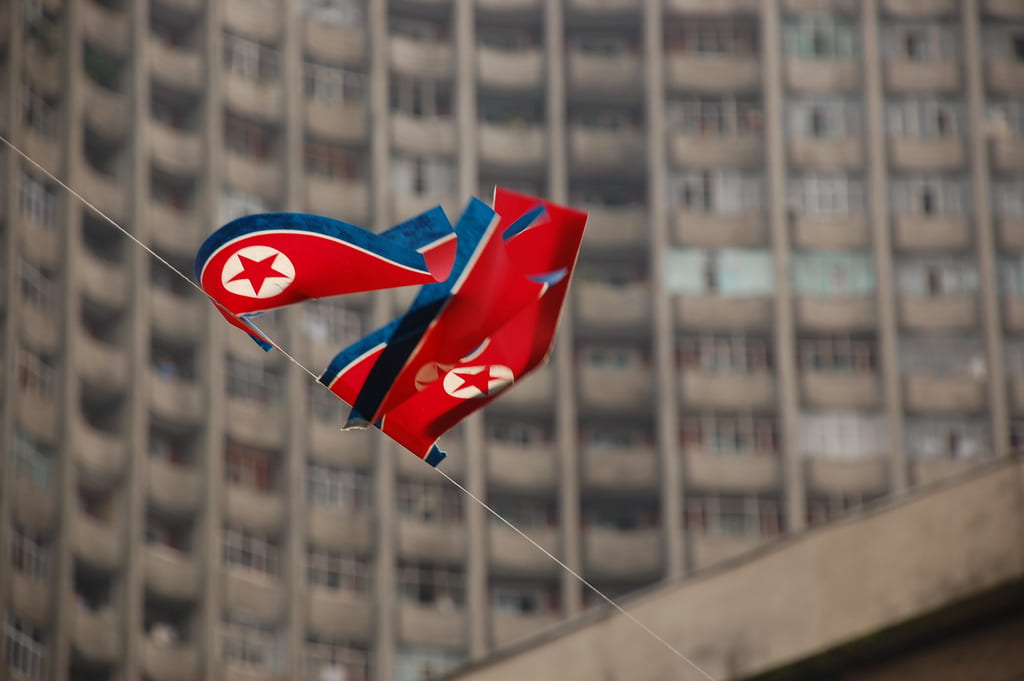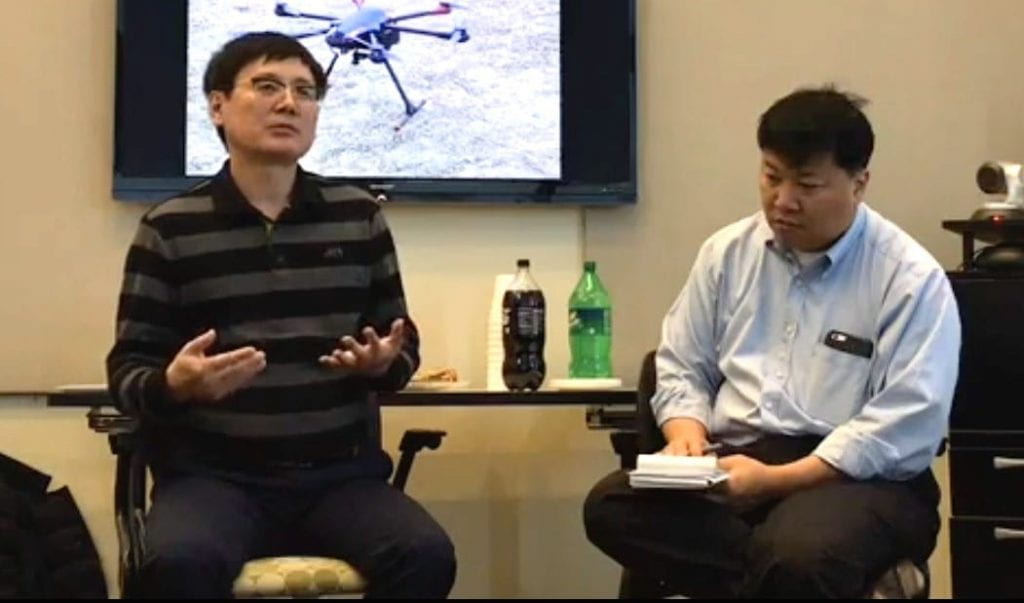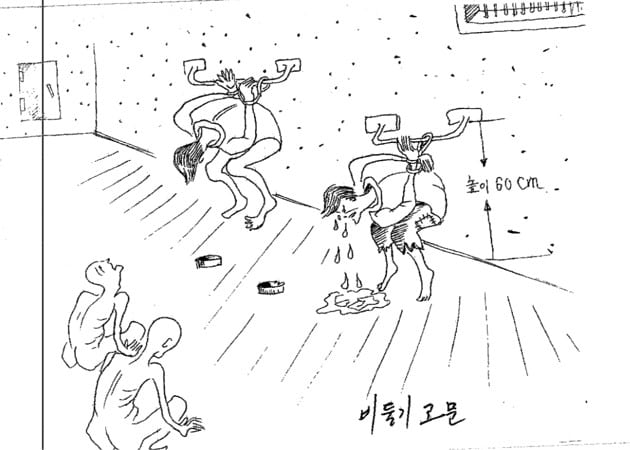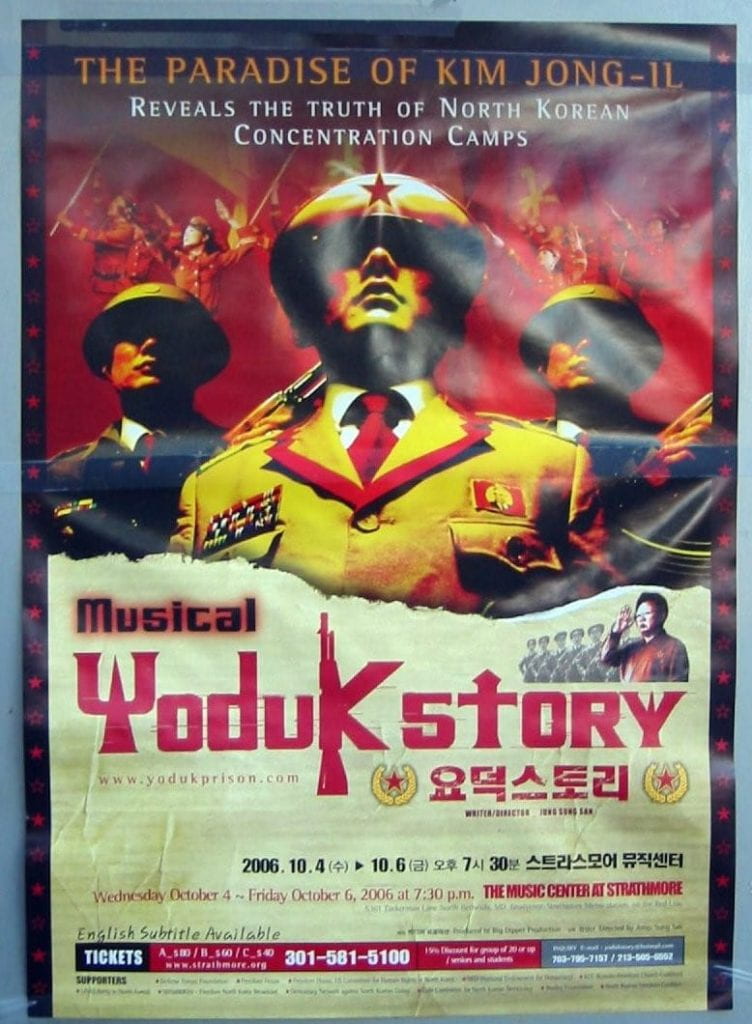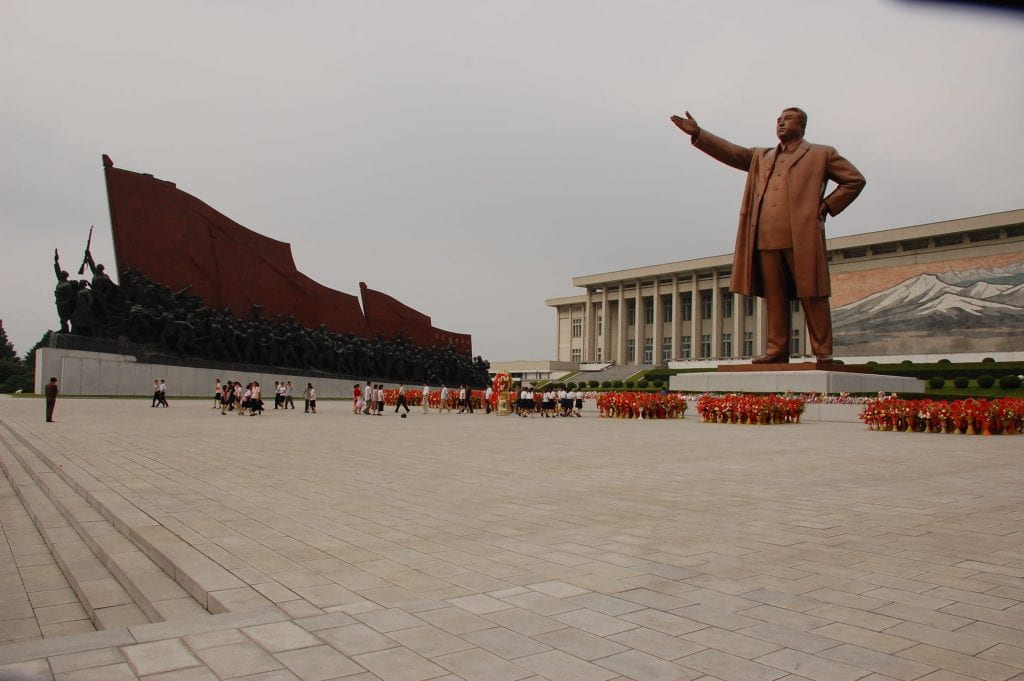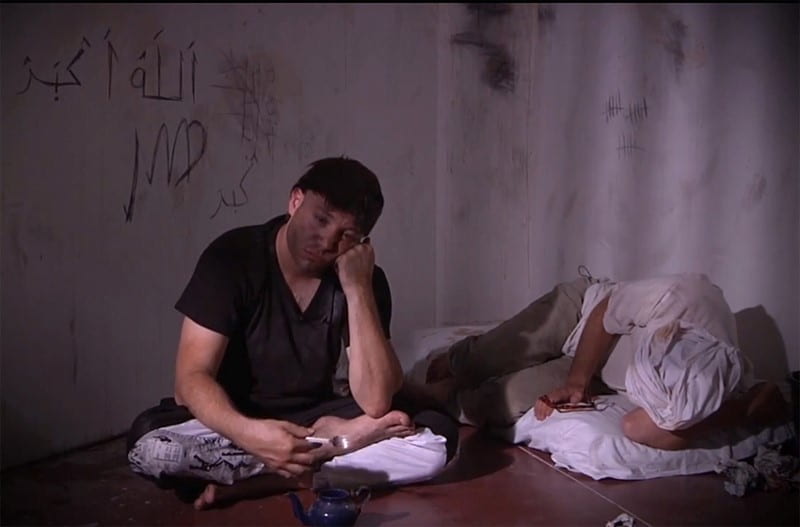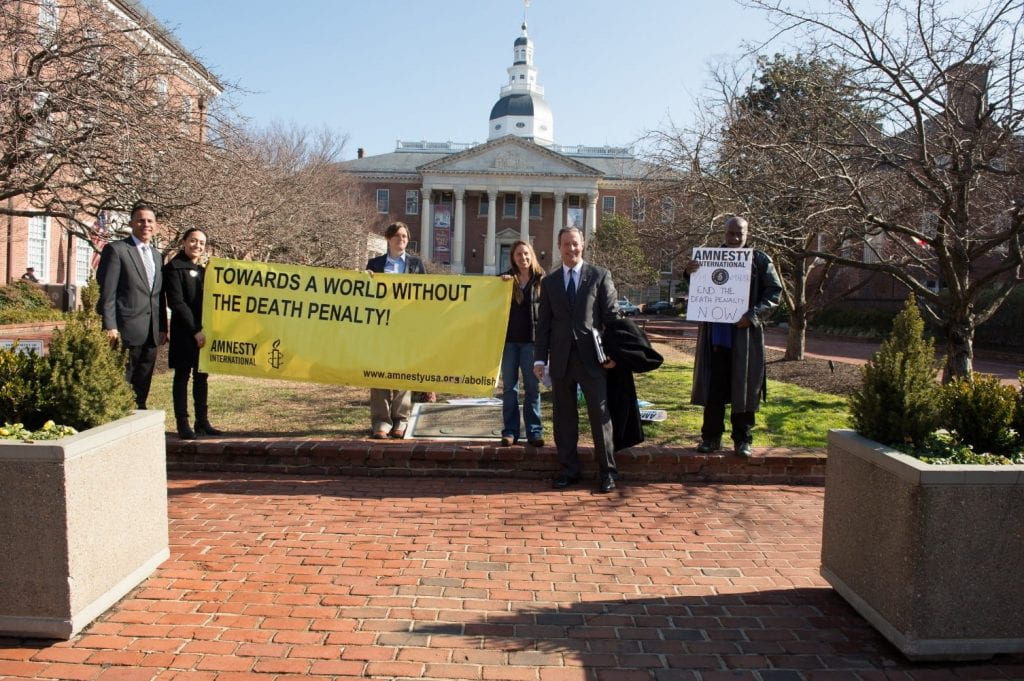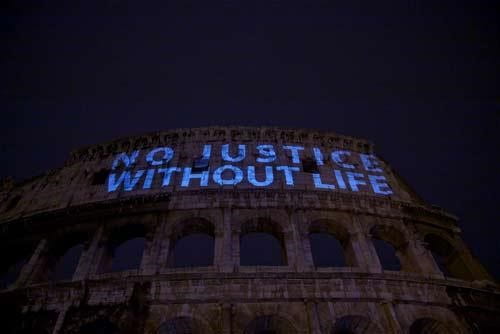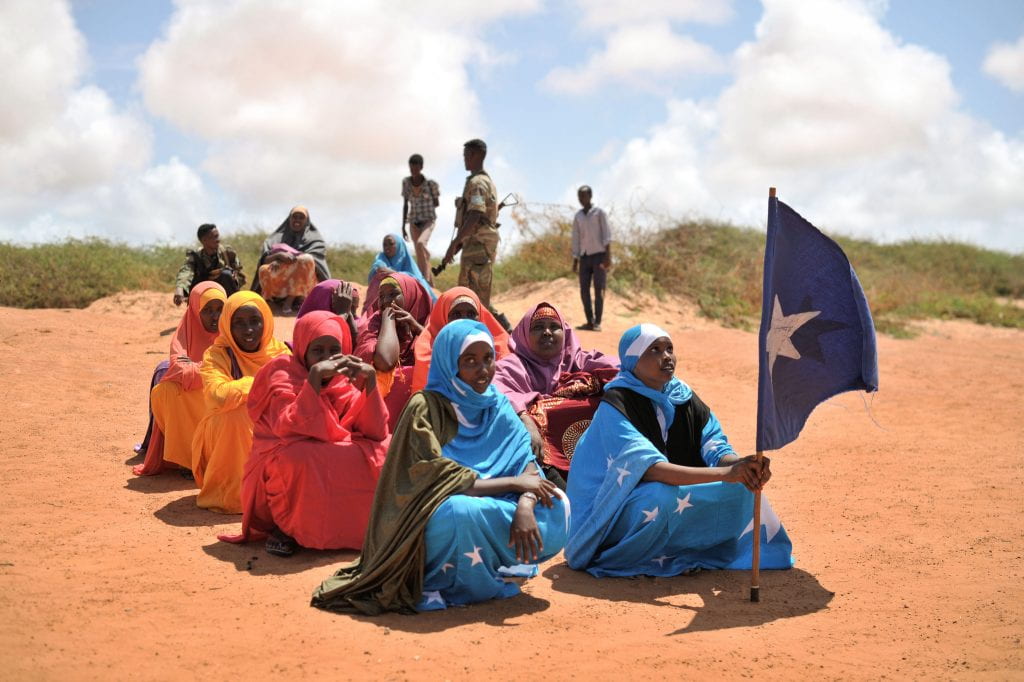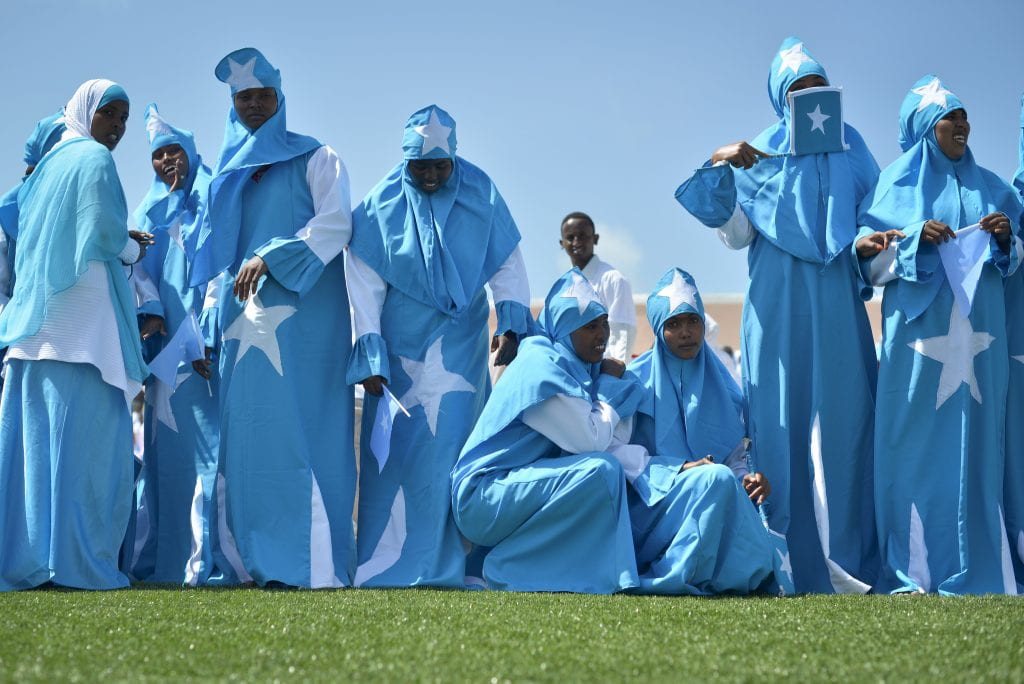Adopting a child from a country foreign different from your own is a complicated and controversial practice. If done correctly, you have saved a parentless child from a life of probable poverty and despair. If done incorrectly, you have either aided organizations who coerce parents into giving their children up or even facilitated child abuse, if the individual institution is unethically managed. Even if the adoption is conducted using appropriate channels and oversight, the adopting families are not always well intentioned.
International adoption peaked in 2004 and has been declining ever since, in part because of increasing restrictions fueled by incidents of violence. The problems that surround international adoption are complex and deeply intertwined with a variety of factors. Race, gender, religion, culture, sexuality, and global inequality together form the sticky, problematic web of international adoption.

“Orphan Fever”
At the peak of international adoption in the United States nearly fifteen years ago, much of the hype was driven by religious organizations. Adoption became a primary social welfare issue in the early 2000s after American Evangelicals began to champion the issue. This is not to be taken as an explicitly negative phenomenon; some religious organizations are instrumental in protecting human rights violations for international orphans. Many individuals who adopted in the name of their religion have vibrant, happily integrated families. However, religiosity does provides a cover of moral legitimacy that often discourages scrutiny of organizations or individuals.
Adoption agencies are not legally required to be accredited, and many faith-based agencies are not. Only 303 organizations are accredited per international standards of the roughly 3,000 agencies that perform adoption services in the United States. Central to this issue is the white-savior industrial complex, a term coined by notable author and activist Teju Cole. Cole explains that white people (often Americans) tend to view less developed regions but most specifically Africa as “a backdrop for white fantasies of conquest and heroism.” Families sometimes adopt international children with perverse motivations of piety and applause. Children are stripped of their culture and forced to adapt to Western norms overnight, and face dire consequences when they cannot conform. Individuals have relayed being severely disciplined for hesitating to eat unfamiliar foods, not adapting to American norms for eye contact quickly enough, and for speaking their own languages. This is a direct violation of the human right to culture. Internationally adopted children have the right to fully experience their birth culture for the sake of human dignity and the preservation of that child’s identity.
Adoption Facts and Flaws
The majority of international adoptees (71%) in the United States from the last twenty years have come from one of five countries: China, Russia, Guatemala, South Korea, or Ethiopia. All five of these countries have increased restrictions on foreign adoption, accounting for 88% of the decline since 2004 (Source: Pew Research Center). The restrictions come on the heels of majorly publicized cases of abuse and/or deaths of international adoptees.
Abuse and deaths in intercountry adoptive families are common. Numerous appalling incidents involving the misfortune of adopted children have circulated in the media in the past few years. International adoption is a tricky subject. Exploitation can occur on a number of levels, as the adoption process includes a variety of actors. The adopting families, the adoption agency, and the source institution can all be separately complicit in unethical behavior. To amplify corruption, there is little to no legislation to identify or prosecute exploitation on any level. “Sending countries” or the countries which children are most frequently adopted from, have had to become increasingly strict on foreign adoption policies. This is one of the most critical issues – the sending countries, who are most often relatively disadvantaged compared to receiving countries, carry the burden to make major policy reform in order to protect their children from exploitation. International policy on intercountry adoption is scarce, vague, and often unenforced.
Policy Issues
While the international adoption system contains many flaws, the most identifiable fundamental issue is lack of oversight and policy. Adoptions are most often conducted through private, individual agencies who each have different standards of what the adoption process should look like. These private agencies operate without much restriction placed on their activity. It seems unacceptable to permit adoption to occur through non-accredited agencies, yet that is the current norm. Lack of accreditation creates a wider pathway for unethical behavior. The market for adopting children is huge and incredibly lucrative, as it is full of wealthy potential adoptive families. The desperation for many families to find and adopt a child can often generate more demand than the current supply of available children can sustain; this eventually leads to gaps in supply being filled by non-orphaned children who were either stolen, coerced through misinformation, or otherwise manipulated into leaving their families.
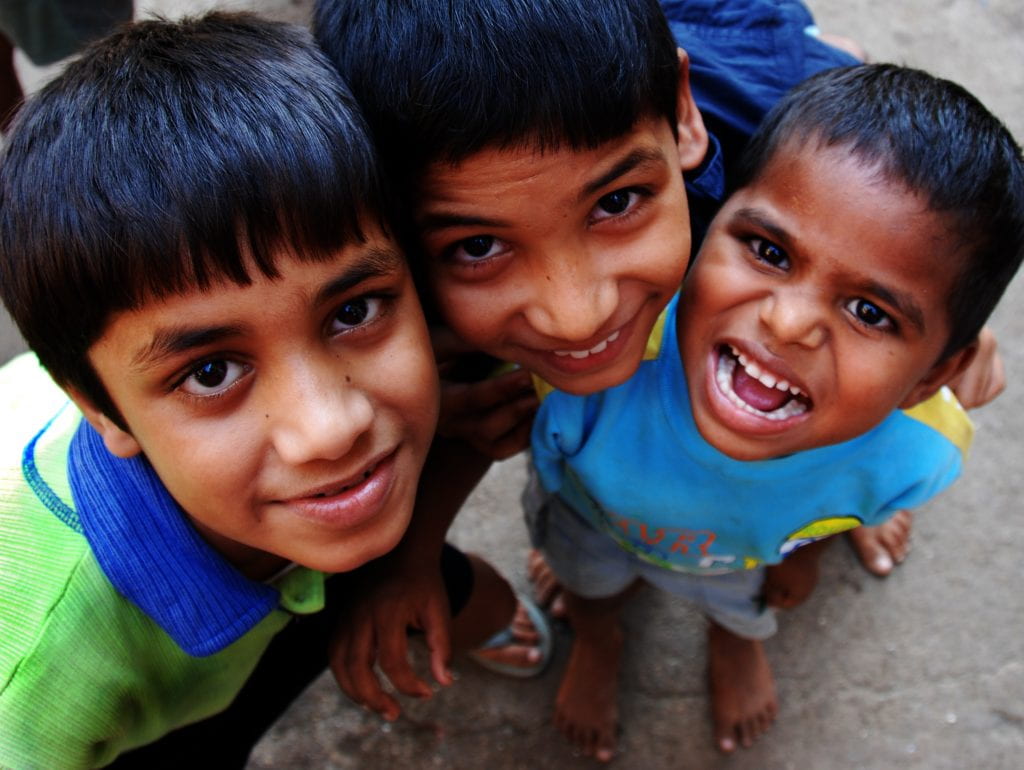
Internationally-Adopted Victims of Child Abuse
One of the most recent and infamous cases was that of Sherin Mathews, a three year old girl from India who had developmental disabilities. Sherin died in October of last year from allegedly choking on milk that she was being forced to drink, though her adoptive father has made various claims about the circumstances of her death. The three year old was missing for a period of time but was found in a culvert. The international community was in an uproar after this crime came to light, and India quickly adopted legislation to reduce foreign adoption.
Ethiopia made similar measures last month following similar stories of abuse, though this act still surprised many, as the country has been well known for their high frequency of international adoption. Ethiopian adoptee Hana Williams died at age thirteen from exposure after being forced to stay outside for hours as punishment. Hana was adopted by Carri and Larry Williams in 2008, but was quickly subjected to torturous conditions after Carri became dissatisfied with Hana’s maturity. Carri reportedly said, “I expected to adopt a little girl, not a half-grown woman,” as Hana began to menstruate shortly after arriving in the United States. The Williamses forced Hana to stay in a closet for upwards of ten hours at a time and required Hana to use an outdoor portable toilet, while the Williamses’ biological children were never subject to such misery. The night that Hana died, the entire Williams family spectavted and allegedly laughed as she staggered around naked for several hours in the cold, rainy backyard.
Two victims who survived their abuse are Guatemalan adoptee Carolina and Russian-born Leonid, who together endured years of physical and psychological torture from Kathleen and Martin O’Brian. The O’Brians were originally charged in 2012 of abusing their adopted children, including allegations of “locking them in a room with no bathroom, forcing them to kneel naked on sharp rocks and stand in a feces covered dog pen, and withholding food from them.” Both Carolina and Leonid have been happily adopted by different families after both Kathleen and Martin were found guilty, but will likely always retain the emotional and physical scars from the hellish O’Brian family. Russia banned foreign adoption the same year that the O’Brians were charged, as nineteen Russian children have died at the hands of foreign adoptive parents in the past twenty years. Stories of child abuse inflicted upon international adoptees are depressingly frequent. It is imperative to identify which flaws in the system are to blame for these horrible crimes, and how change can be enacted to prevent future suffering.
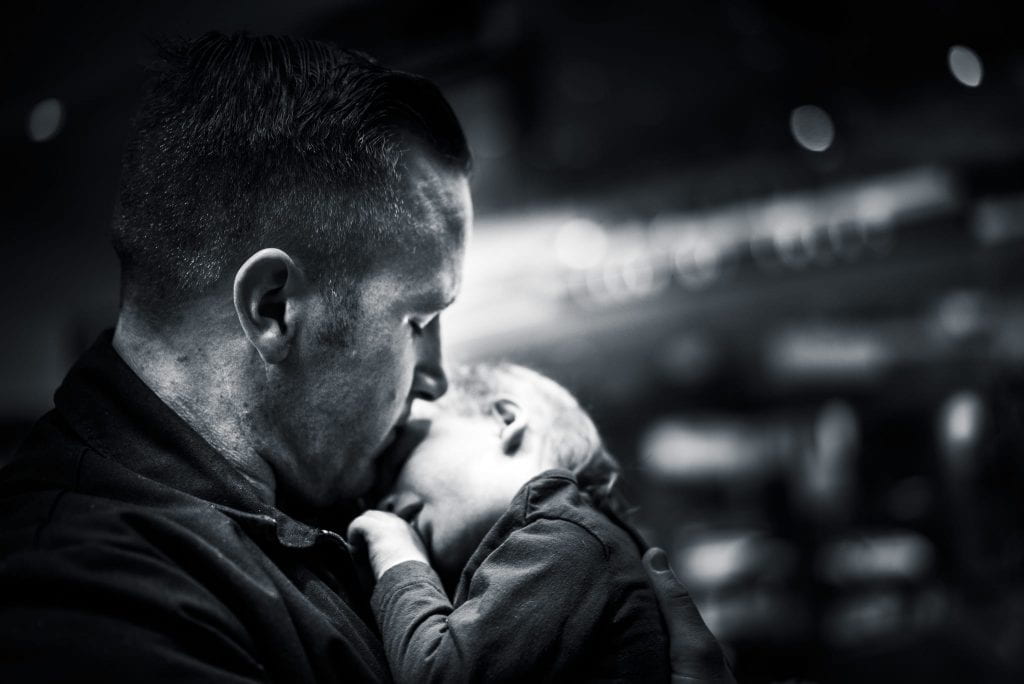
Re-Homing
Despite the seemingly endless desperation to adopt, it is surprisingly easy to exchange children online with no legal intervention or monetary exchange. Re-homing communities exist in niches of the Internet, where families with adopted children post advertisements to give their “troublesome” children away. Reuters gave a detailed investigation of this practice in 2013, recounting several personal narratives of individuals who have either taken part in rehoming children, been re-homed themselves, or otherwise interacted with the re-homing community. Laws vary by state and have become more common since Reuter’s report incited brief public interest, but many states still only require the signature of a legal guardian to transfer custody to another adult. The exchange can occur privately without notifying any government officials, which creates a dangerous avenue for predators to easily obtain vulnerable children from desperate parents. Within Reuter’s report, multiple detailed accounts were given of children who were re-homed with individuals with documented pasts of abusing children physically, sexually, and emotionally. This occurred because the original adoptive parents did not thoroughly vet the family who was taking their child, a common experience among re-homing communities. One mother stated of her twelve year old adopted daughter, “I would have given her away to a serial killer, I was so desperate.”
Re-homing perseveres despite ethical quandaries due to the imminent need for post-adoption support for adoptive parents. Most agencies provide little to no support after the adoption process has been finalized, despite the difficulties that many families have in acclimating to the change. Reuters found that 70% of the children being re-homed were of international origin, and many of those children had behavioral problems indicative of some form of trauma or disability.
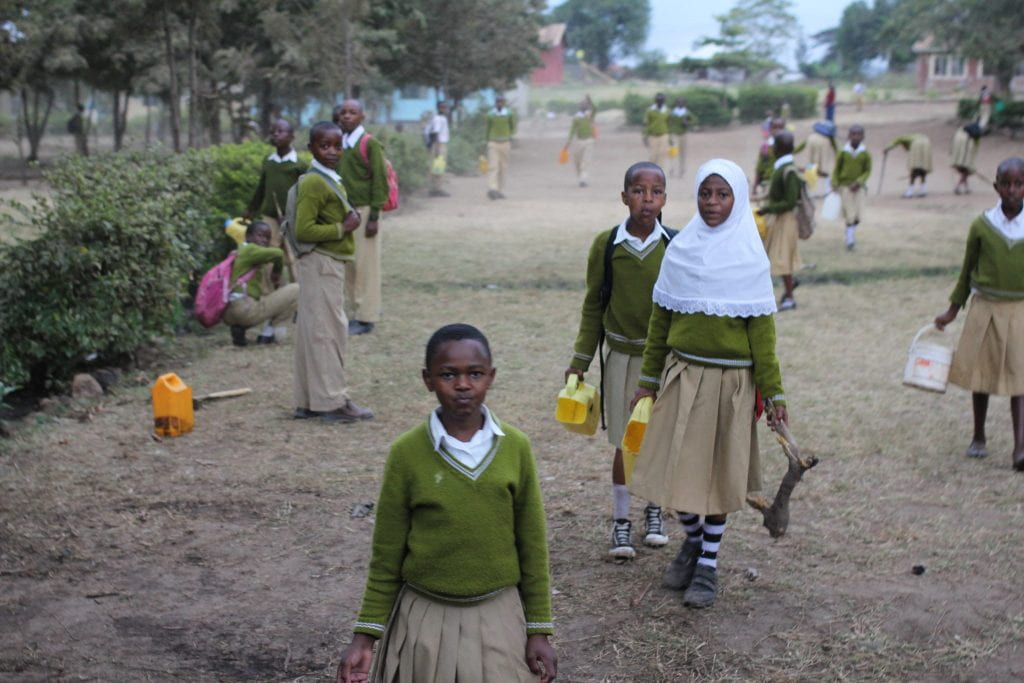
The Path Ahead: Hope and Reform
The dark side of international adoption is one shrouded in mystery and corruption. Vulnerable children all over the world are being victimized on all levels within the process of adoption. Abuse can occur at the hands of adoptive parents, in re-homing families, by private non-accredited agencies, and within local orphanages. Considering that these children are already incredibly vulnerable (as many are already impacted by compound discrimination of race, disability, and class), this systematic abuse is particularly heinous. The United Nations’ Convention on the Rights of the Child fully secures and protects all human rights of children, and specifically requires that “the system of adoption shall ensure that the best interests of the child shall be the paramount consideration.” Shockingly, the United States is the only UN member nation who has not yet ratified the CRC. This is a blatant failure to protect the most vulnerable members of our population. America cannot remain complicit in such an exploitative system; it is truly reprehensible that our country is so heavily engaged in the adoption of vulnerable foreign children yet refuses to protect them. This is a failure for the global community as well — international community has accepted a flawed adoption system for far too long. Both domestic and international policy reform are essential to preserving and promoting the human rights and dignity of children.
